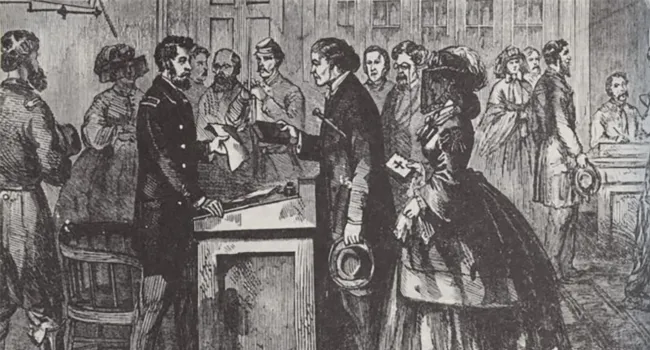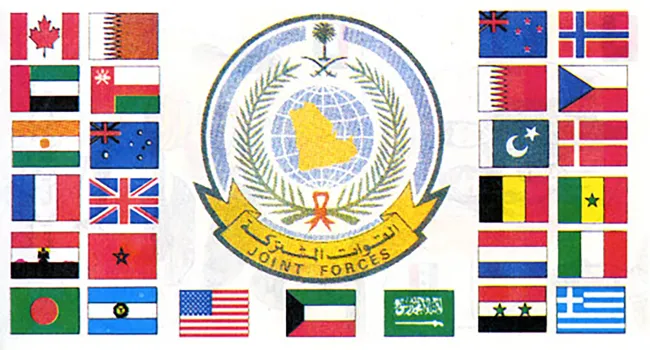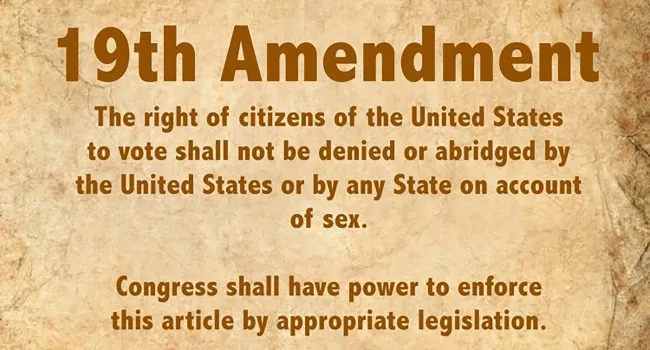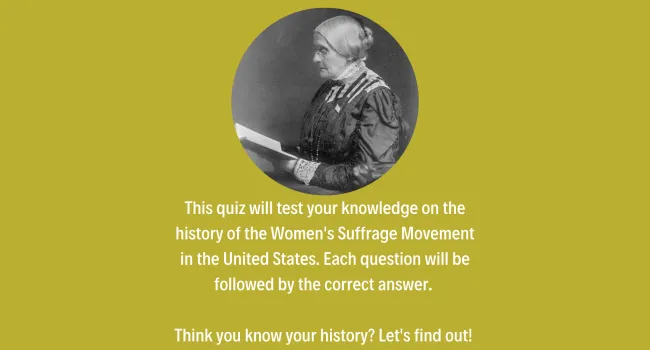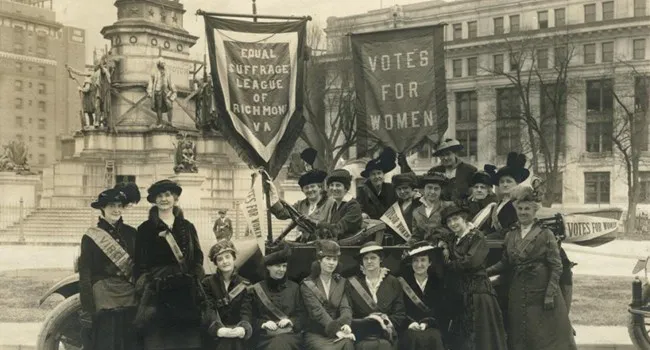The second generation of suffragists came to prominence alongside the "New Woman" movement in the early 1900's. The American Woman Suffrage Association and the National Woman Suffrage Association merged in 1890 to form the National American Woman Suffrage Association. Alice Paul formed the National Woman's Party in 1916, however, the NWP was viewed as more vocal and radical, compared to the NAWSA. When the U.S. entered World War I in 1917, suffragists felt they could use the war as an opportunity to show that women indeed deserved the right to vote. Women's service in The Great War, along with the suffering Alice Paul and her followers suffered, changed President Woodrow Wilson's stances on women's suffrage. After numerous attempts, the 19th Amendment finally became ratified on August 18, 1920. However the fight for full suffrage to include African Americans, who were widely excluded, raged on. It would not be until the Voting Rights Act of 1965 when all citizens, regardless of race or gender, could vote in U.S. elections.
Standards
- 5.2.CX Contextualize the post-war economic climate on the cultural landscape throughout the United States and South Carolina.
- 5.2.CE Examine the primary causes of World War I and the events which led to U.S. involvement.
- 5.2.E Evaluate multiple perspectives from the period, including the economic, political, and social impacts of World War I, the 1920s, the Great Depression, and the New Deal using primary and secondary sources.
- 5.4.CC Analyze the continuities and changes of race relations in the United States and South Carolina following the Supreme Court decisions of Briggs v. Elliott and Brown v. Board of Education.
- 5.4.CO Compare and contrast the capitalist and communist ideologies.
- 5.4.E Analyze multiple perspectives on the economic, political, and social effects of the Cold War, Space Race, and Civil Rights Movement using primary and secondary sources.
- 8.4.CO Compare perspectives toward reform that engaged during the Progressive Era.
- This indicator was designed to encourage inquiry into how new state and federal Progressive legislation affected individuals and businesses in South Carolina and the US. The indicator was designed to promote inquiry into the new perspectives that emerged regarding social and political change.
- 8.4.CE Explain the causes and effects of World War I on South Carolina and the United States.
- This indicator was developed to encourage inquiry into the significant causes of World War I and the factors leading to U.S. involvement. This indicator was also developed to promote inquiry into the effects of the war, to include its impact on the homefront, migration patterns, and continued foreign policy debates.
- 8.4.CC Analyze continuities and change in the African American experience in the period of Reconstruction and Jim Crow eras within South Carolina.
- This indicator was developed to encourage inquiry into the successes and failures of Reconstruction, beginning with the Port Royal Experiment, in South Carolina. This indicator was written to explore development of the Constitutions of 1868 and 1895 and to analyze the evolution of restrictions for African Americans from the Black Codes in 1866 through the Plessy decision in 1898.
- 8.5.CE Analyze the factors contributing to the shift in the political party platforms between 1946-1972.
- This indicator was designed to foster inquiry into the changes in South Carolina’s political party platforms resulting from the Civil Rights Movement, from Elmore v. Rice to the national Democratic Party’s support of civil rights to Nixon’s Southern Strategy. This indicator also supports inquiry into the effect on South Carolina’s political party platforms resulting from the emergence of the national Republican Party’s positions on foreign policy, limited government, and free trade policies.
- 8.5.CO Compare South Carolina and U.S. wartime contributions and demobilization after World War II.
- This indicator was designed to promote inquiry into military and economic policies during World War II, to include the significance of military bases in South Carolina. This indicator was also developed to foster inquiry into postwar economic developments and demographic changes, to include the immigration of Jewish refugees following the Holocaust.
- 8.5.CC Analyze the continuities and changes in South Carolina's identity resulting from the civic participation of different individuals and groups of South Carolinians.
- This indicator was developed to encourage inquiry into civic engagement, such as military service, public demonstrations, and political activism, to shape the identity of modern South Carolina. This indicator was also written to encourage inquiry into South Carolinians' use of the court system and legislation to affect South Carolina's post World War II identity.
- 8.5.E Utilize a variety of primary and secondary sources to analyze multiple perspectives on the cultural changes in South Carolina and the U.S.
- USHC.3.CE Assess the causes and effects of significant turning points in the Populist and Progressive era from 1877–1924.
- USHC.4.CC Examine the continuity and changes on the U.S. homefront surrounding World War I and World War II.
- USHC.5.CC Evaluate continuities and changes during the Civil Rights Movement and other subsequent movements for equal rights.
- This indicator was developed to encourage inquiry into thematic continuities and changes into how marginalized groups sought and won legal rights. Inquiry into the leadership, methods, and outcomes of modern equal rights movements are supported by this indicator.
- USHC.5.P Summarize the changes in the major American political party platforms during the period.
- This indicator was developed to encourage inquiry into how different party platforms evolved following World War II. This indicator promotes inquiry into how the major parties came to represent different approaches to fiscal and political governance as well as social and judicial policies.
Resources
You need to be logged in to listen to view this content. Create an account now; it's quick, easy, and free!
Log In to View


